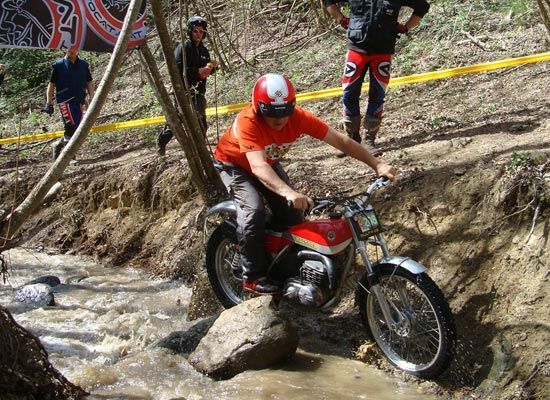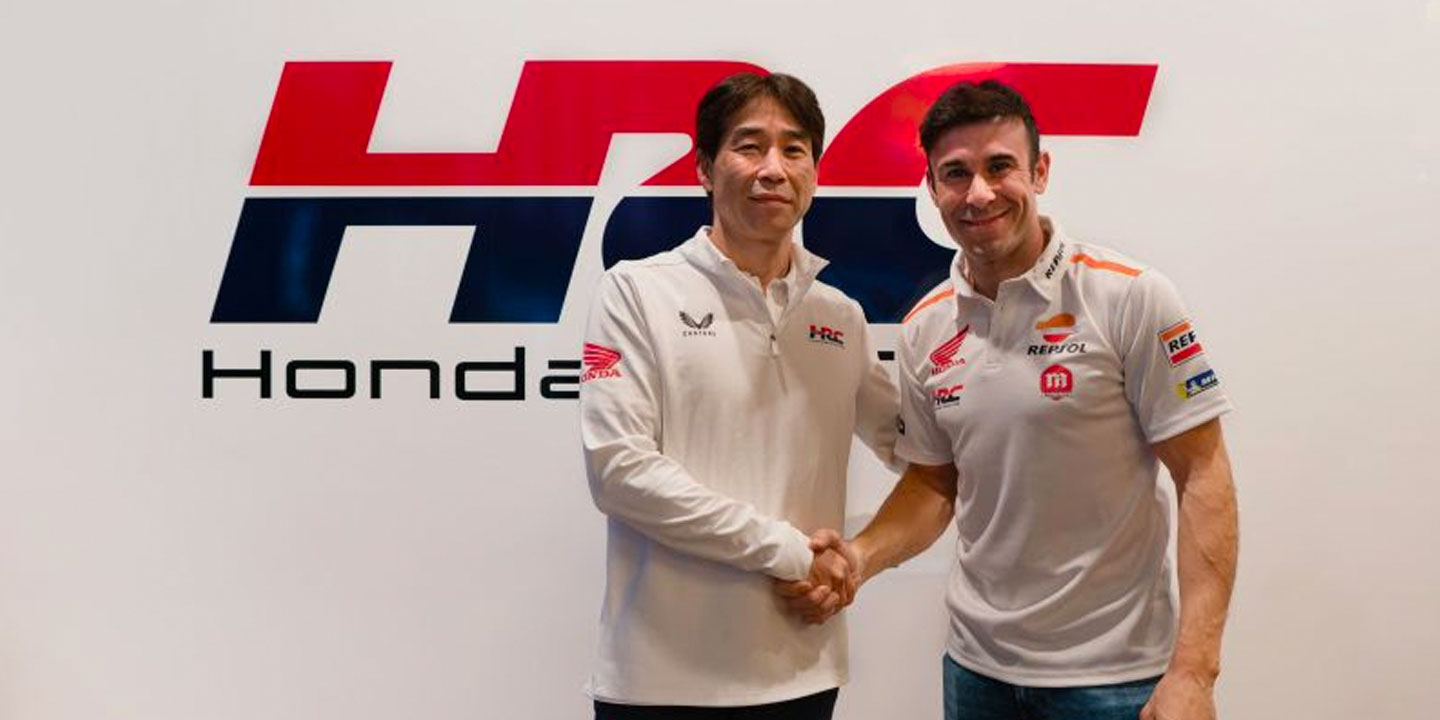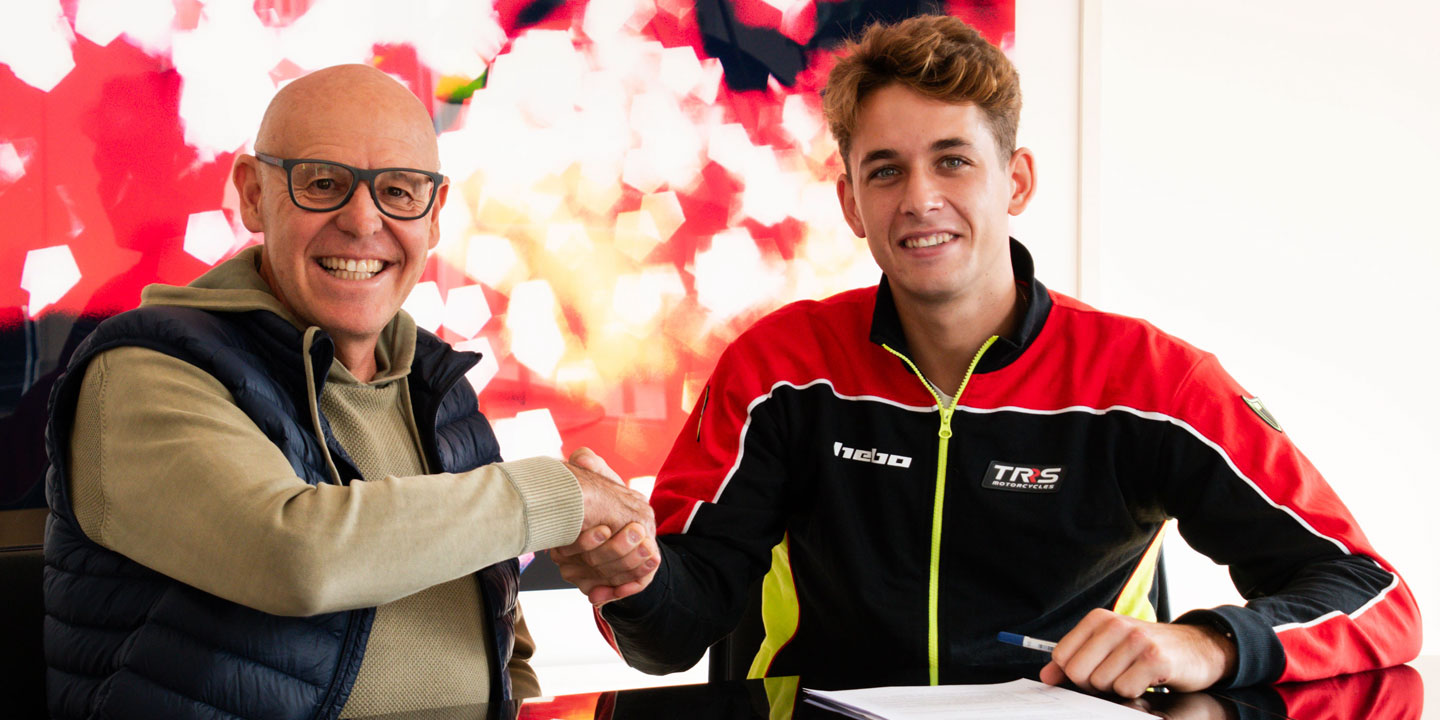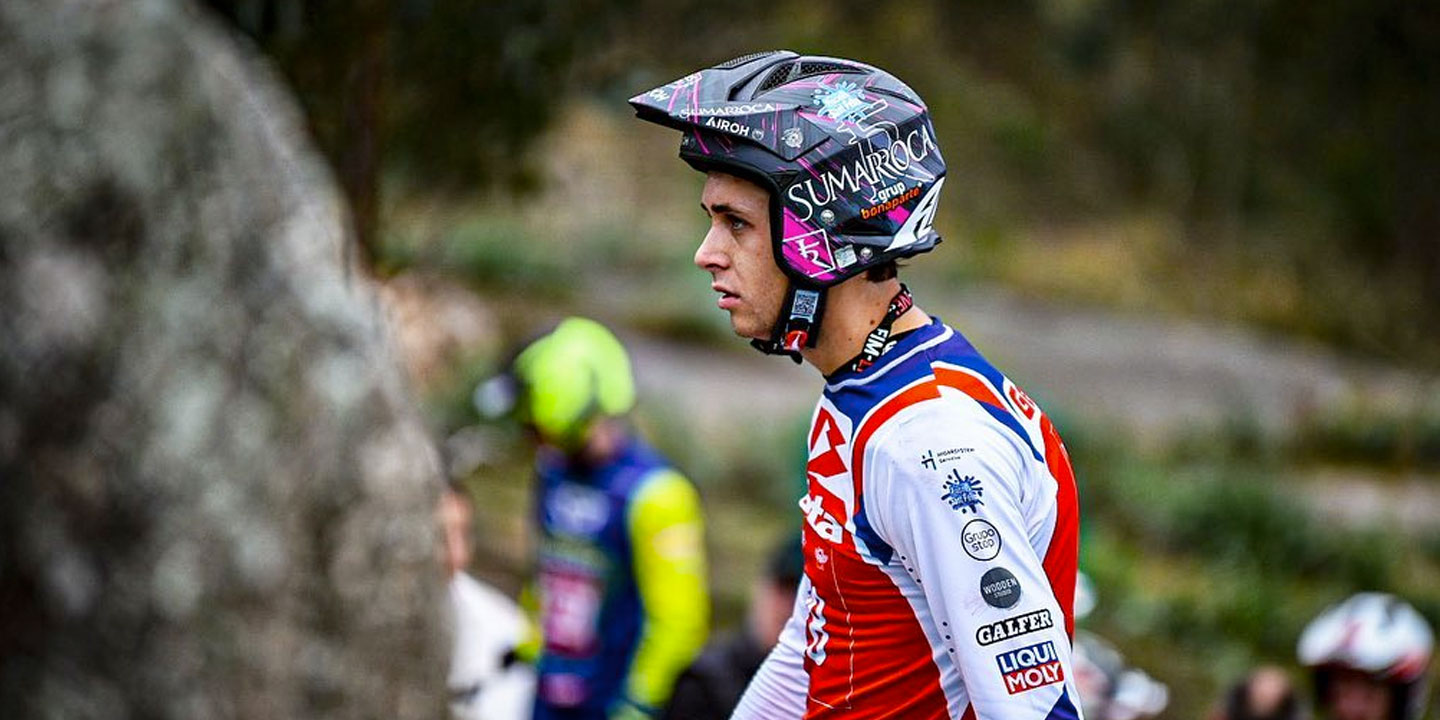
What should a well-organized trial look like? What are the minimum requirements for the motorcycle club?
I know that every motorcycle club has its own way of doing and undoing. That I am no one to advise any rule in the organization and much less to impose anything, but what I do want you to know is what I expect to find when I decide to participate in a trial.
It will depend on the type of trial: modern or classic, one-day or long-term, etc. but in the days leading up to the race I hope to find good promotion and information in the usual media. The promotion of a trial is what will surely ensure a good participation.
Once I get to the starting point of the trial I hope to find a large parking space. It is vital to have a place where you can leave your car + trailer, van, etc.
Ideally, you should register online (*). This is very convenient for the riders since you can pay by card, split the payment, not have to carry the money with you, you facilitate the work of the motorcycle club and you avoid queues at the starting point.
(*) The motorcycle club would have to refund the money in full to the rider who, without giving an apparent reason, cannot attend the race. Normally, the person who makes the payment in advance intends to attend and if in the end he does not do so it is because he will have reasons.
If I have not been able to register online, I hope to find agile staff in the processing of each registration. It would be advisable to have a person who attends by color level.
The registration fee must be in accordance with the “product supplied”: extra activities, attention to pilots and families, welcome pack, breakfast, etc.
, starting ramp (or, failing that, tent) and public address system are details that characterize a good trial. The services are essential and if it can be with showers, it is already noteworthy.
The presence of an ambulance is essential (also mandatory). On this I want to emphasize that if the ambulance, for whatever reason, has to abandon the trial (accident, transfer, etc.) the Race Director is obliged to stop the trial until it is back in its place of origin. For this reason, it is advisable to have two ambulances, but the cost is doubled.
In one-day trials, a course of no less than 10 km with 10-12 two-lap sections would be correct. On the two-day routes, no less than 25 km with 20-25 daily zones within one lap.
The The route must be properly signposted: ribbons, arrows, etc. Special attention will be paid to junctions and detours. It is appreciated that at the different points of the route you will find the numbering of the next area. We have to keep in mind that the riders who attend the trials do not know the territory. The attractiveness of the route will depend on what the law allows us to do, but we would have to be able to reject any organization in landfills and quarries. We will avoid double entendres as much as possible.
Entry list
It is not mandatory, but it is nice to be able to know all the pilots who are registering for the test. This gives you an idea of who is going to attend, where they are coming from, what friends you will see again, etc.
The Zones
For most riders it is the most important point of the trial, in fact, we go to the trials to do sections. It’s the essence!
The care we put into the design, marking and attractiveness will benefit the trial and the riders, but above all the organization.
Each zone must be completely differentiated from the other zones and it is recommended that its length does not exceed 60 meters. Likewise, each zone must have doors placed in a visible place delimiting the beginning and end of the zone. It is advisable to prepare a corridor at the entrance of each area.
Areas should be bounded, if possible, by natural obstacles. The delimitation should be done by means of strong, waterproof and clearly visible tapes, tightly tied to stakes, solidly sunk into the ground, or to trees. The stakes must be placed close enough to each other to prevent the belt from shifting.
If possible, all tape should be placed at a minimum height of 25 cm and a maximum height of 50 cm. The minimum width of the area, between the ribbons, must be 200 cm. The width of the area can be reduced with mandatory steps by placing doors. The minimum width between doors must be 120 cm.
Race Time
The race time is very elastic, but it should be counted at a rate of 20 km/h for the route, plus 9 minutes to see and complete each zone.
Example for a 10 km trial with 12 sections to be done in two laps:
10 Km x 2 laps = 20 Km at 20 Km/h = 1 hour to do the tour.
12 zones x 2 laps = 24 zones x 9 minutes = 3.5 hours to do the zones.
Total race time: 4.5 hours.
This is important to take into account when giving the start times, since, normally, being a one-day trial where you have to do the qualifying, distribution of prizes, etc., the race would be too long and the riders will leave in a hurry.
Example for a 30 km trial with 20 sections to be done in a single lap:
30 Km to 20 Km/h = 1.5 hours to do the tour.
20 zones x 9 minutes = 3 hours to do the zones.
Total race time: 4.5 hours.
From here you can do what the Race Director deems appropriate: give more race time if there is a large number of registrations or because the route is very “trial” or difficult, also if it is very short as there may be crowds, etc. Normally more race time (half an hour) can be given before a driver is excluded for arriving outside this time.
Controls & Cards
I have made another entry about the controls or zone judges. Just a brushstroke to say that, after all the “experiments” that have been done, the ideal is 2-3 controls per area and if they can be trials, even better.
The cards must be resistant enough to withstand humidity, rain, sweat, etc., and those made of thin paper or cardboard are discouraged. We will avoid marking the scores with punches, markers, pens or any element that can be manipulated by the pilots, thus avoiding mischief. In trials with more than one lap, it would be advisable to change the cards, as this avoids non-compliance with the regulations that prohibit doing the zone several consecutive times in the same lap.
Queues in the areas
I would like to emphasize:
1.- The fact that there is no law or regulation imposing a financial penalty is not a condition for there not being a rule.
2.- It’s important to let it be known that walking past a bunch of drivers who are waiting is rude and totally rude. Sneaking into a zone queue instead of waiting for my turn is no drama, it’s more of a silly thing and there are more serious problems in trials than this.
3.- Individualism and selfishness are the enemies of coexistence, and that the freedoms of one end where those of the other begin.
4.- Improvements to the queues are not the sole responsibility of the organization and controls, but rather of the pilots.
Classifications
There are all kinds of formats on the market to make classifications, but there is one that I recommend for its structure, since, in addition, it is developed by trialists, so that its use is simple, easy, and agile: TRIAL GO
I still remember Ricard Pinet telling us what
s points cards manually and impatient pilots asking for the result, what times those were!
Trophies & Awards
The premise would be… Let’s run away from the “Chinese” trophies.
It must be borne in mind that any trophy received in a trial is synonymous with the fact that, in that event, you have obtained a meritorious classification (usually among the top three) so that trophy will deserve a prominent place.

Press
To end this post, I end as all trials should end, with the PRESS RELEASE.
A press release or press release should be a written communication addressed to members of the media for the purpose of announcing something newsworthy. It is usually sent by e-mail to editors of newspapers, magazines, radio stations, television channels, as well as to online media and bloggers. In our case, doing it through the usual trial communication media would be enough.
David has provided the means to channel any comments, but if you want to make it more personalized, you will always find me at bonaigua@bonaigua-trial.com
Lots of zeros!
Victor Martin
“Bonaiguá”














